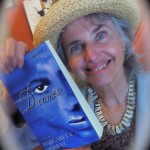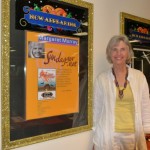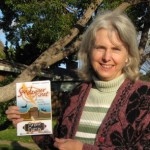FOR IMMEDIATE RELEASE
Contact: Shelley Buck, 831-335-4355, [email protected]
Book Launch: Dreamers, A Coming of Age Love Story of the ’60s
San Francisco, California –Author Margaret Murray will launch her new book, Dreamers, a Coming of Age Love Story of the ’60s, on Thursday, November 10, 2011 at Alexander Book Company, 50 Second Street in San Francisco from 12:30—1:30PM. Also featured will be music by Chris Goslow (www.chrisgoslow.com) and chocolates from Sonoma Chocolatiers (www.sonomachocolatiers.com). Admission is free.
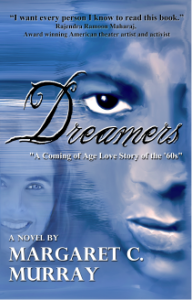
It’s the 1960s in America at the height of the Civil Rights showdown. Street-savvy Thomas, desperate for stardom, meets music student, Annie, desperate for love. To impress his struggling family, Thomas drives a flashy borrowed car home to Pittsburgh and is involved in a minor accident. What was a fender bender in a Christmas storm escalates into a confrontation with police and he becomes a fugitive.
In the suburbs, Annie evades yet another Christmas family fight by going to the theater, bumping into Thomas afterwards and mistaking him for the star. They’re both in the wrong place at the wrong time. But they’re dreamers.
What They’re Saying About Dreamers
“I want every person I know to read this book.”—Rajendra Ramoon Maharaj, Award-winning American theater artist and activist, author of Little Rock, Theaterworks, Palo Alto
“Take Annie, a fresh college grad from a traditional middle-class white family in Pittsburgh, stir together with Thomas, a handsome black man with baggage who’s hell bent for theater success, turn them out in New York City awash in weltschmertz, drugs and the Civil Rights Movement of the 1960s, add a rich white sugar-lady who’s been paying Thomas’ bills in exchange for boudoir duty, sprinkle with innocent love and naked ambition, and you have a gripping novel served up by Margaret Murray. Brimming with truths of the heart and spirit, here’s a unique coming-of-age love story you won’t want to miss.” —Naida West, author, www.bridgehousebooks.com
Margaret C. Murray was born in Pittsburgh, Pennsylvania, and began Dreamers in 1969 when she attended the Provincetown Fine Arts Work Center. She has lived in the San Francisco Bay Area since the ’70s and recently moved to Sebastopol. She is the owner of WriteWords Press. This is her second novel.
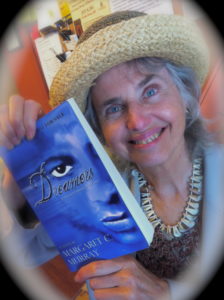
Dreamers Book Launch November 10, 2011 12:30 - 1:30PM Alexander Book Company 50 Second Street (Between Market & Mission) San Francisco, CA 94105 Tel: 415-495-2992
photo by Charr Crail

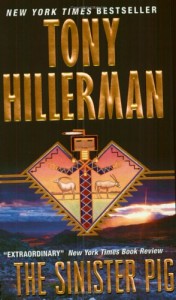

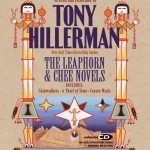 ‘re like me, you loved all the Tony Hillerman books. To honor this famed mystery writer of the Southwest, I’m having library readings at Sonoma County libraries and I’d like to invite you. As you see, I already had one reading event on September 16th–thank you to everyone who came. It was inspiring!
‘re like me, you loved all the Tony Hillerman books. To honor this famed mystery writer of the Southwest, I’m having library readings at Sonoma County libraries and I’d like to invite you. As you see, I already had one reading event on September 16th–thank you to everyone who came. It was inspiring!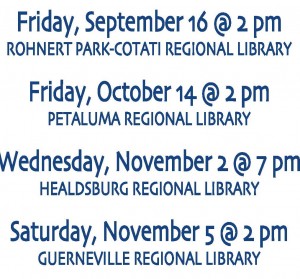
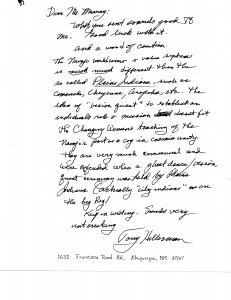 After receiving this letter, I revised a chapter in Sundagger.net where a group from the San Francisco area set out on a camping trip to experience a vision quest of their own and end up in Chaco Canyon, New Mexico, home of the ancient Anasazi. During my event, I talk about the letter and read sections from the chapter.
After receiving this letter, I revised a chapter in Sundagger.net where a group from the San Francisco area set out on a camping trip to experience a vision quest of their own and end up in Chaco Canyon, New Mexico, home of the ancient Anasazi. During my event, I talk about the letter and read sections from the chapter.


